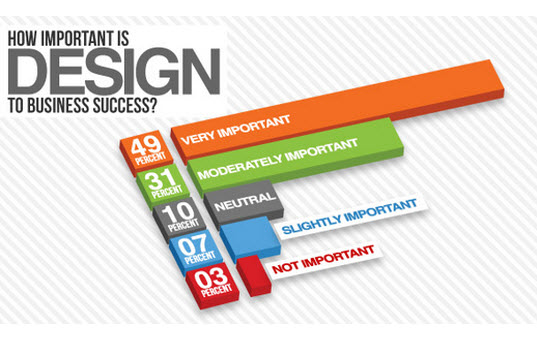The Development Of Web Site Design: From Earlier Times To Currently
The Development Of Web Site Design: From Earlier Times To Currently
Blog Article
Short Article Writer-Rasmussen Hyldgaard
In the past, websites were simple and focused on details. Navigating was direct, and style was for desktop computers. Now, user experience is crucial. Information guides layouts for simple navigation. Responsive designs fit various gadgets. Today, dark setting decreases pressure, and minimalist menus enhance navigating. Interactive features involve users, and vibrant visuals stick out. AI assimilation enhances engagement. See exactly how design has evolved to improve your online trip.
Very Early Days of Website Design
In the early days of web design, simpleness preponderated. Internet sites were standard, with limited colors, fonts, and layouts. The focus was on providing details instead of flashy visuals. Customers accessed the internet with slow dial-up links, so speed and performance were key.
Navigation food selections were straightforward, normally situated on top or side of the page. Websites were developed for desktop, as mobile surfing wasn't yet common. just click the following web page was king, and developers prioritized simple readability over intricate design elements.
HTML was the primary coding language used, and designers needed to function within its restraints. Animations and interactive features were very little contrasted to today's requirements. Websites were fixed, with little vibrant web content or individualized customer experiences.
Surge of User-Focused Style
With the evolution of website design, a shift towards user-focused style principles has come to be increasingly famous. Today, producing web sites that focus on individual experience is vital for engaging visitors and attaining business goals. User-focused style entails understanding the needs, preferences, and behaviors of your target market to tailor the web site's layout, web content, and features as necessary.
Designers now carry out comprehensive study, such as user surveys and usability screening, to gather understandings and feedback directly from customers. This data-driven approach aids in creating instinctive navigating, clear calls-to-action, and aesthetically enticing user interfaces that resonate with site visitors. By putting the individual at the facility of the layout process, sites can provide a much more individualized and delightful experience.
Responsive design has also become an essential aspect of user-focused design, guaranteeing that sites are maximized for numerous gadgets and display sizes. This flexibility enhances availability and use, catering to the varied methods users engage with sites today. Essentially, the surge of user-focused design indicates a shift towards creating electronic experiences that prioritize the requirements and assumptions of completion customer.
Modern Trends in Web Design
Explore the current fads forming website design today. One noticeable pattern is dark mode style, supplying a smooth and contemporary appearance while decreasing eye pressure in low-light atmospheres. One more crucial trend is minimalist navigating, simplifying menus and improving user experience by concentrating on essential elements. Integrating micro-interactions, such as animated switches or scrolling results, can produce an extra appealing and interactive site. Receptive layout stays crucial, making sure seamless user experiences across different devices. In addition, utilizing vibrant typography and unbalanced formats can add aesthetic rate of interest and draw attention to details content.
Incorporating AI innovation, like chatbots for client support or customized recommendations, enhances individual involvement and streamlines processes. Ease of access has also end up being a significant fad, with designers prioritizing inclusive style practices to accommodate varied customer needs. Embracing sustainability by maximizing website performance for speed and performance is an additional arising pattern in website design. Teaming up with updated blog post and data analytics to iterate and enhance style continuously is necessary for staying relevant in the ever-evolving digital landscape. By accepting these modern-day patterns, you can develop an aesthetically attractive, user-friendly web site that resonates with your audience.
search engine optimization firm
As you review the evolution of website design from the very early days to currently, you can see just how user-focused layout has become the driving force behind contemporary fads.
Welcome the trip of change and adjustment in website design, always maintaining the customer experience at the forefront.
Remain current with the latest trends and technologies, and never ever quit progressing your method to produce visually spectacular and easy to use sites.
Advance, adjust, and develop - the future of website design is in your hands.
